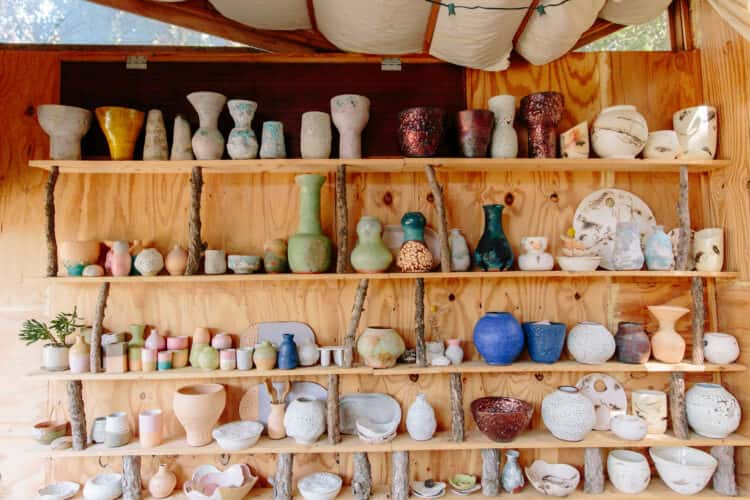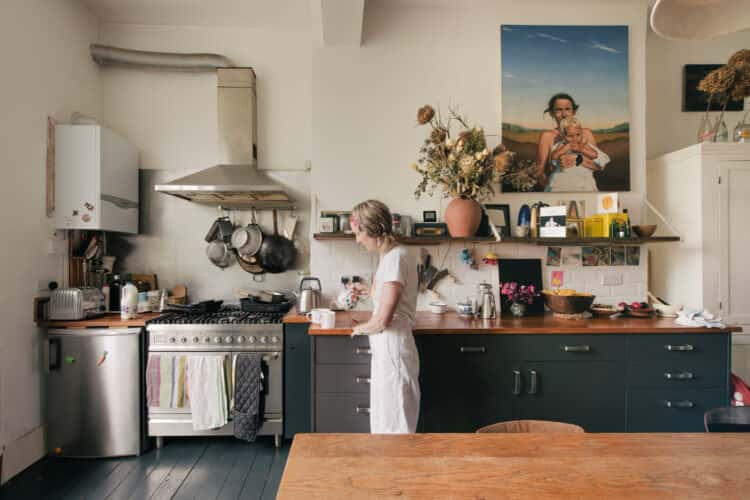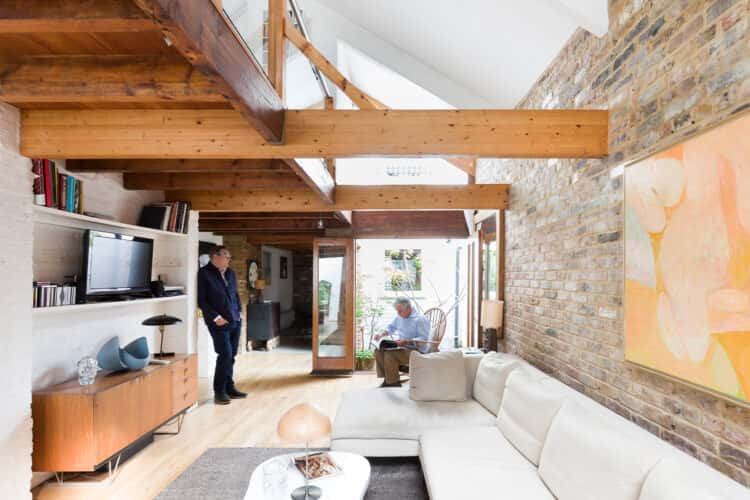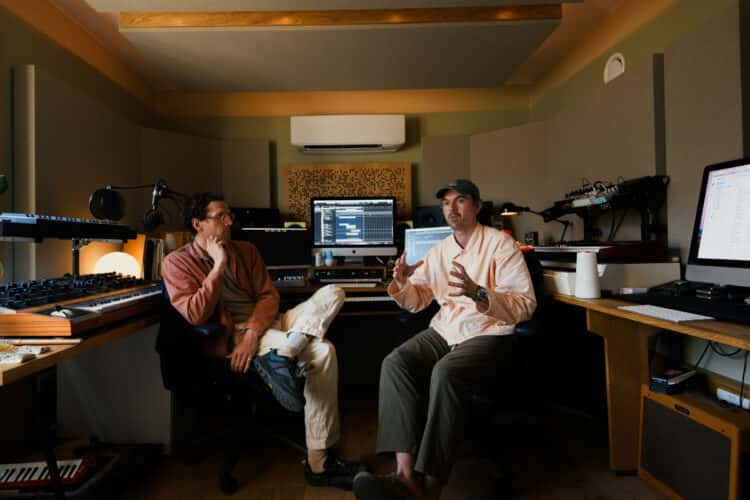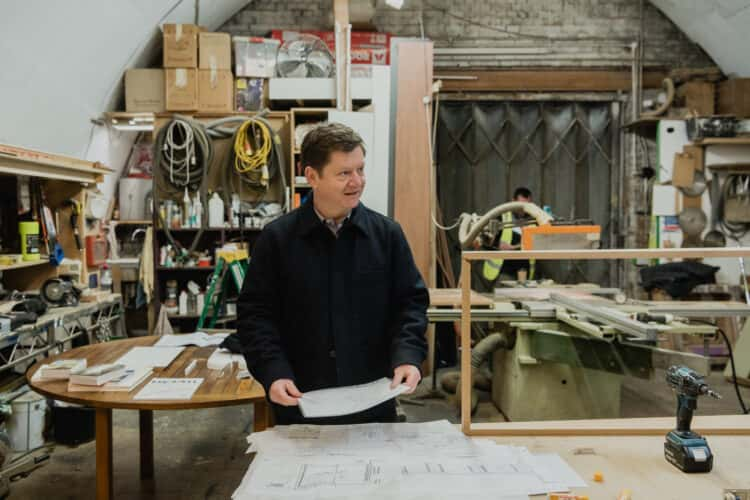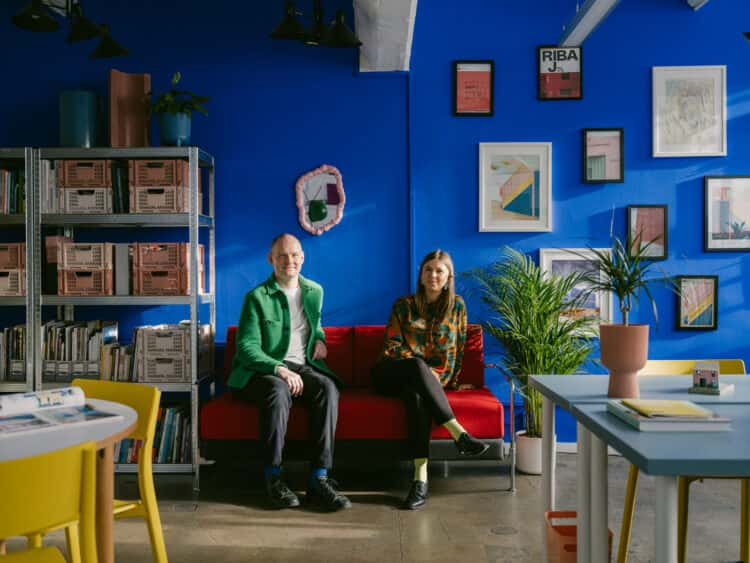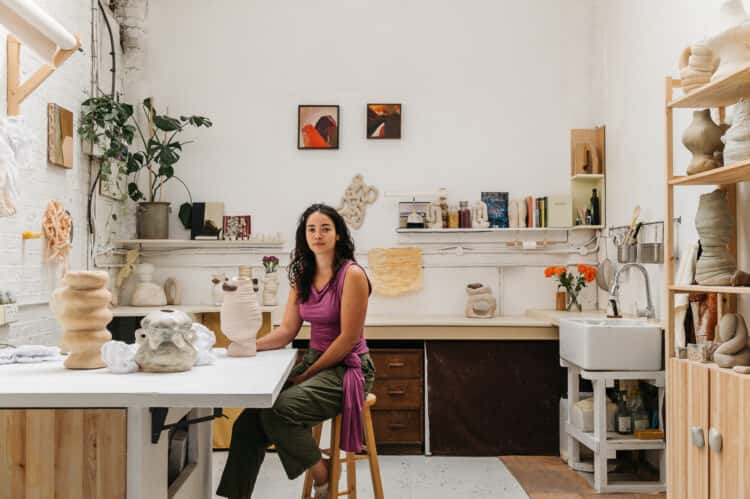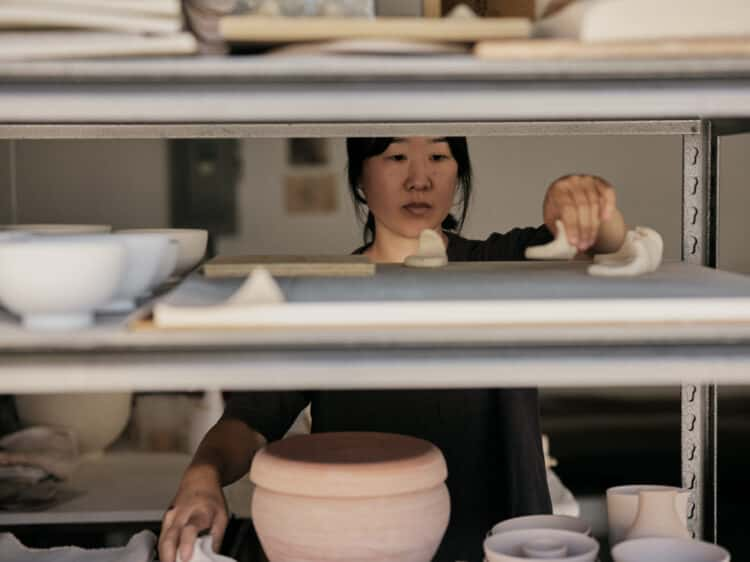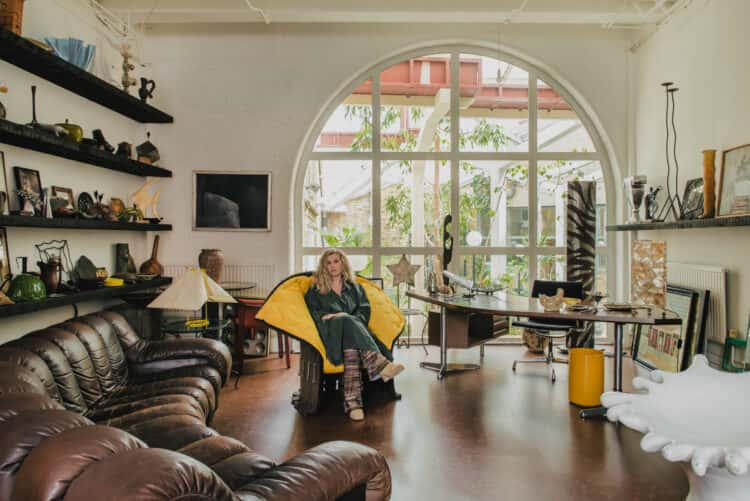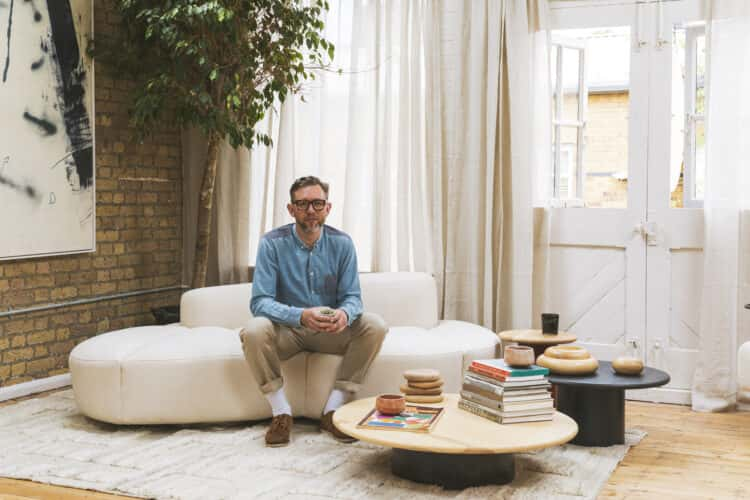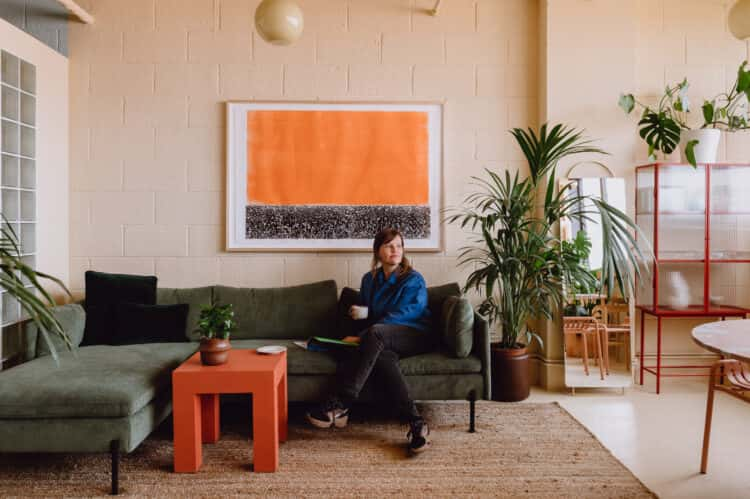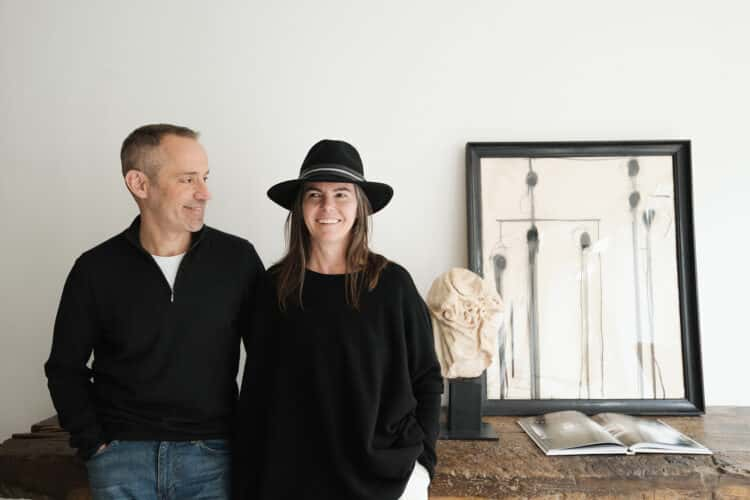Studio Visits: ceramicist Raina Lee talks through her creative process from her treehouse studio in Los Angeles
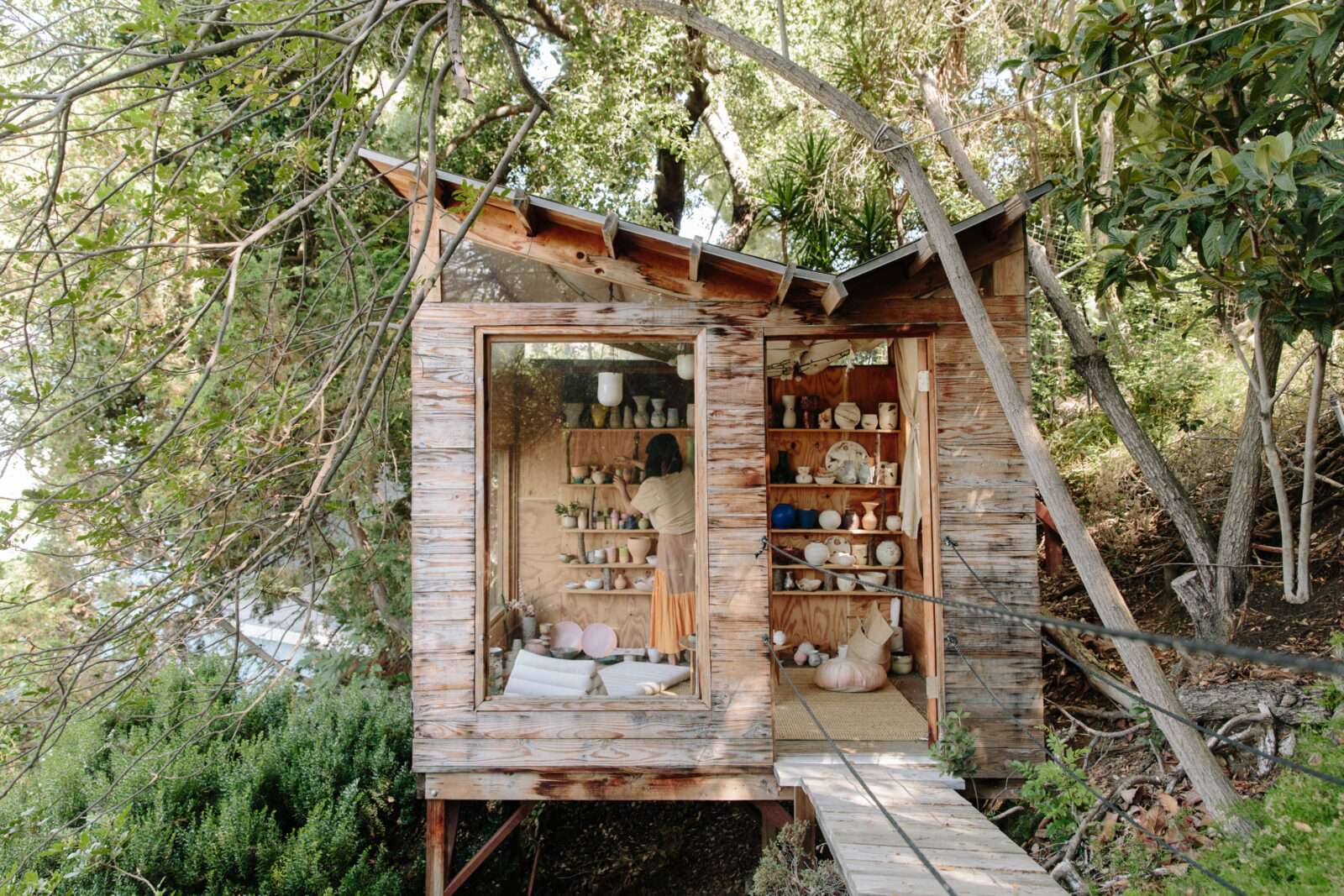
“I was a journalist in the tech and video game industry, and I still do some writing now. I happened to be living near a ceramics studio in Williamsburg, Brooklyn, and I decided to take a class. I was enthralled.
“It was so exciting to do something physical and work the clay with my hands – I just fell in love with it. Writing is very abstract and a lot of the time you work on something or pitch an idea and it doesn’t work out, by there’s always a physical end result when making ceramics.”
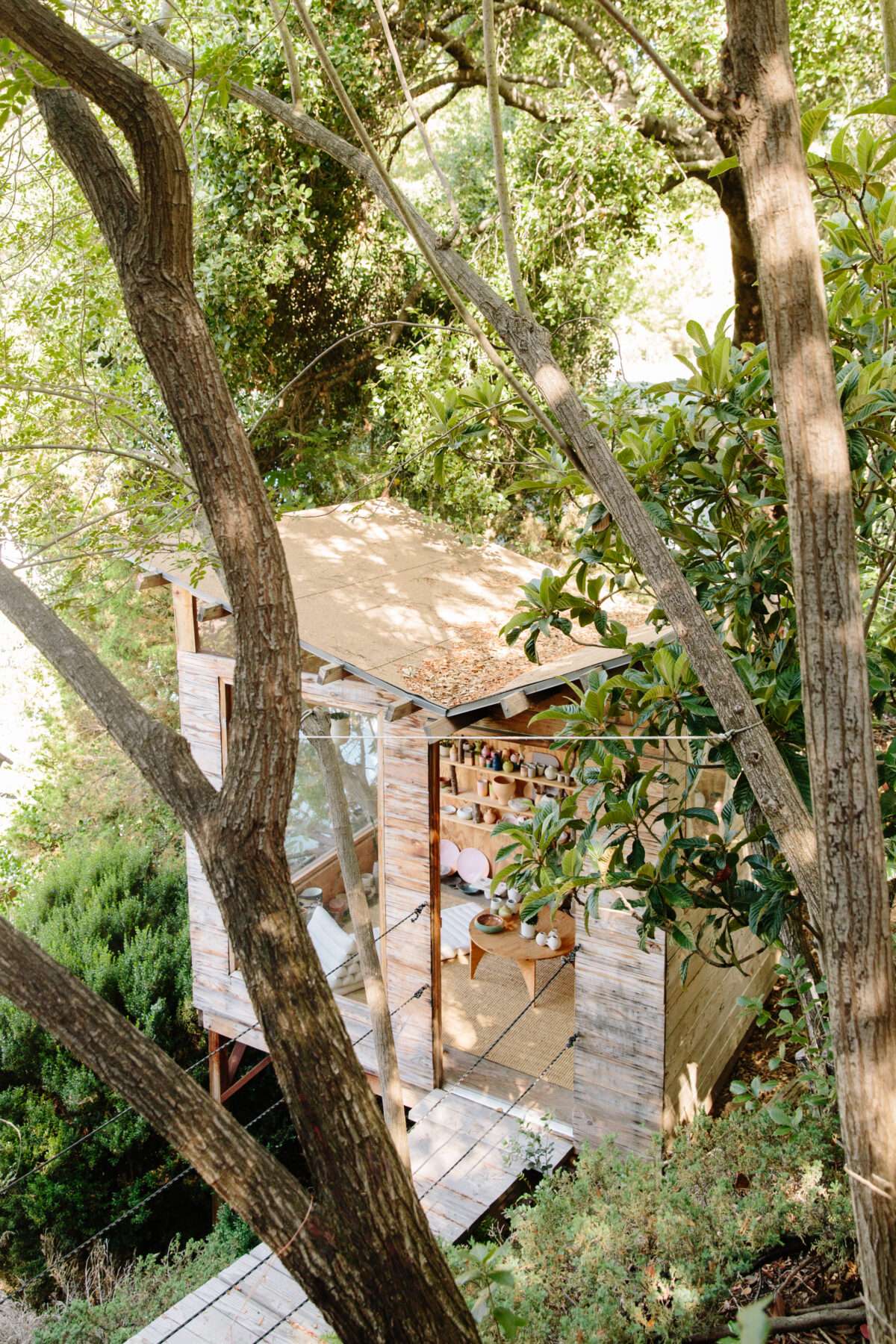
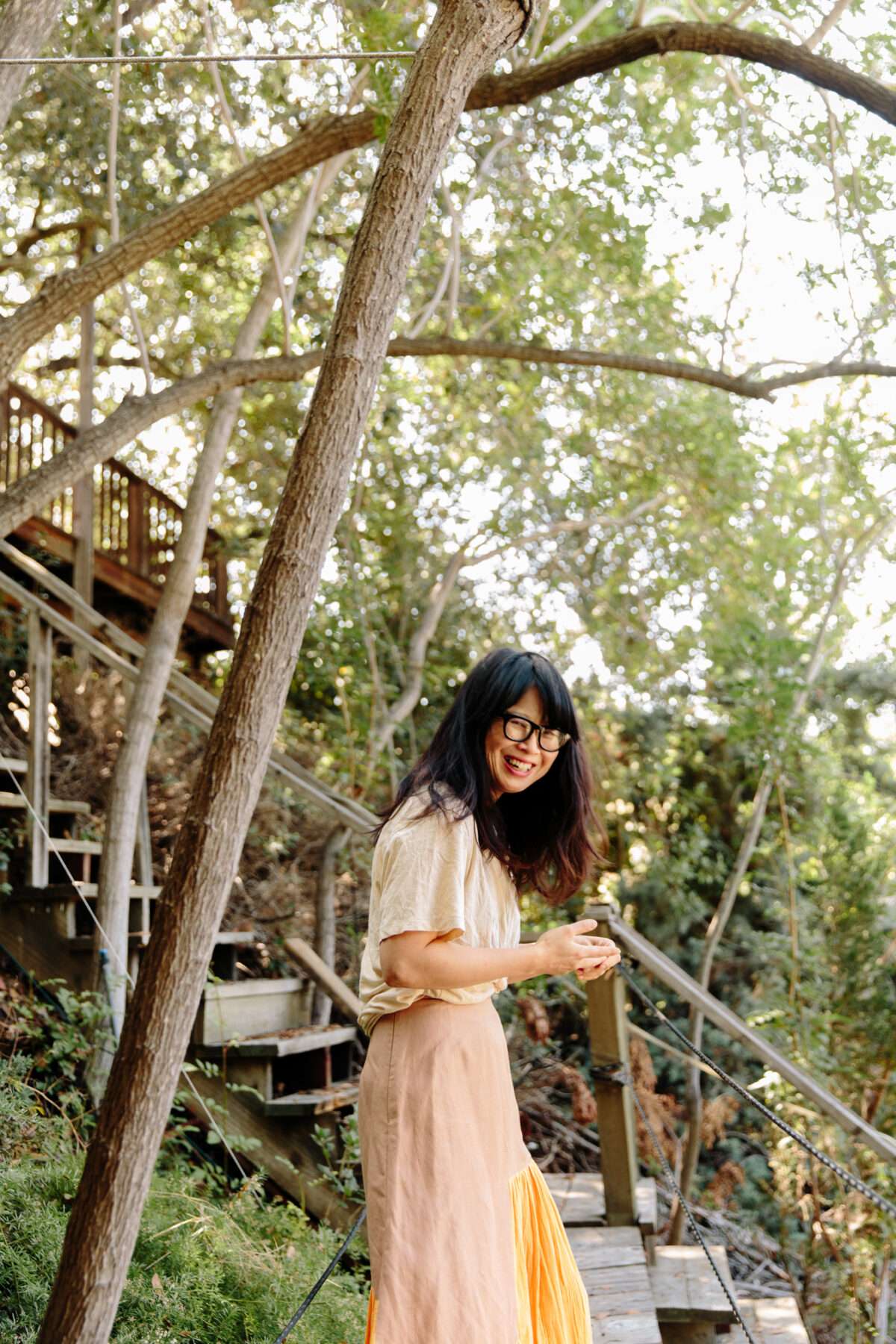
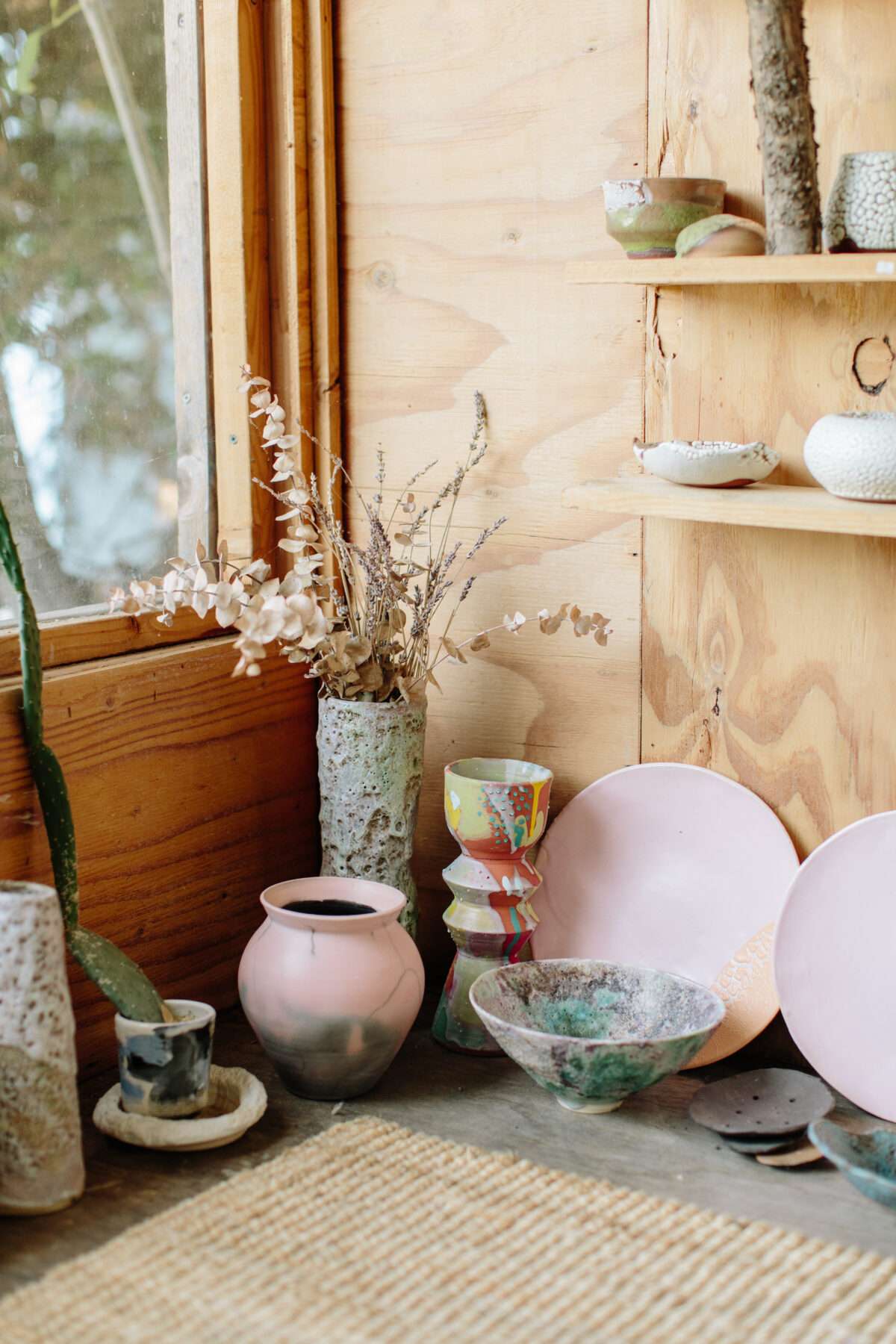
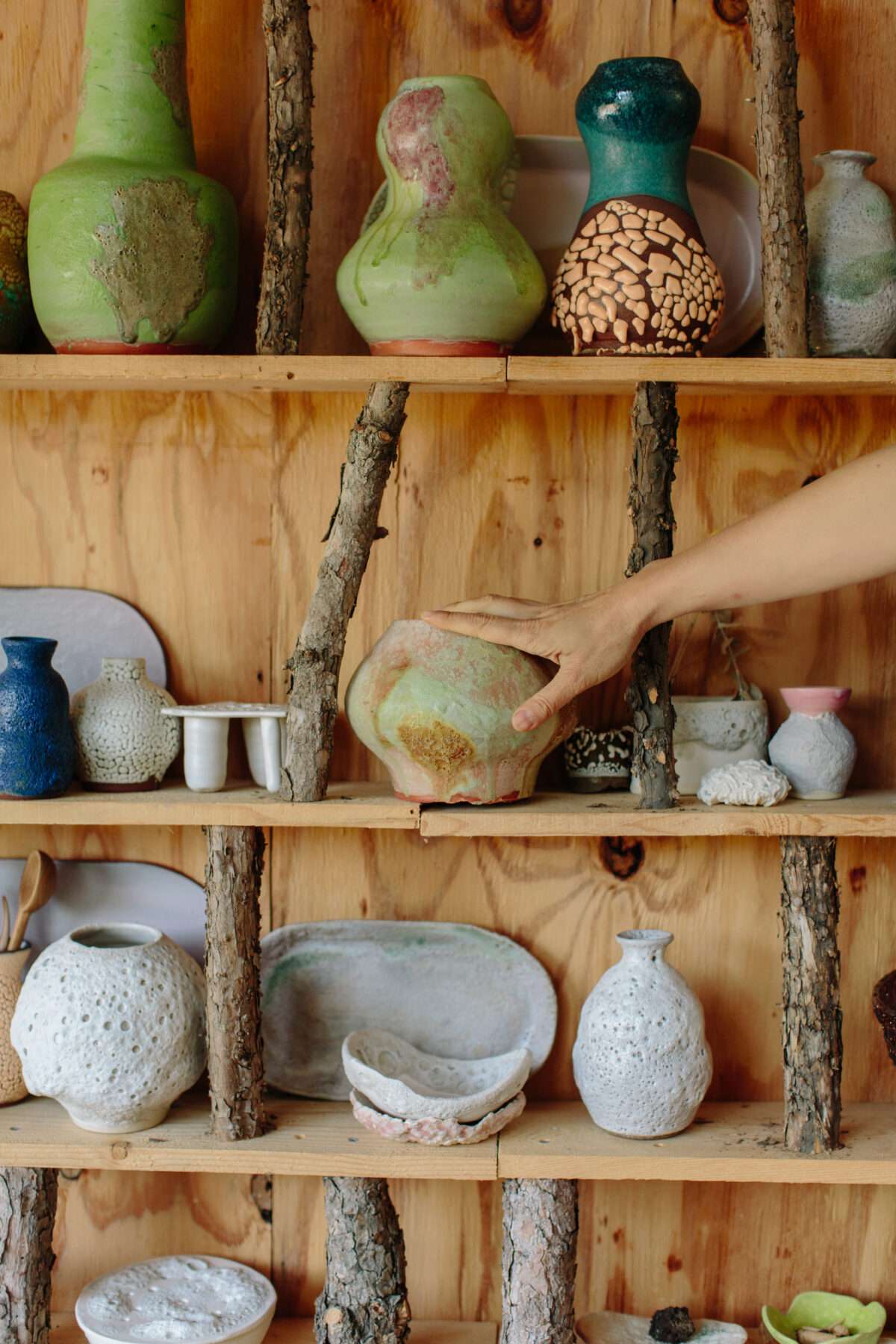
“Yeah, you’re completely controlling the whole process and where you want to go, what direction you want to take. It’s similar to writing in that you’re coming up with and trying out concepts, but the execution is much more open-ended.
“I’m really interested in form but the other part of it is that I’m really interested in different kinds of glazed and glazing chemisty. Whenever I open the kiln, there are wildy different results, and I love that.”
Working as a writer and ceramicist seems to be a very modern approach to work – do you see any boundaries between the two?“No, I think it’s very normal to work between the two. Most people who sell ceramics do something else too – I have a friend who designs textiles and clothing, another one who is a pastry chef, and one who is a farmer, and they all do ceramics.
“I’ve worked in technology for a long time and I’ve printed punk rock zines, and I think that is the modern condition, where you’re going about your work in all of these different avenues and there’s different forms of expression, whether or not your job seems creative or not, there are all different ways of expressing yourself.”
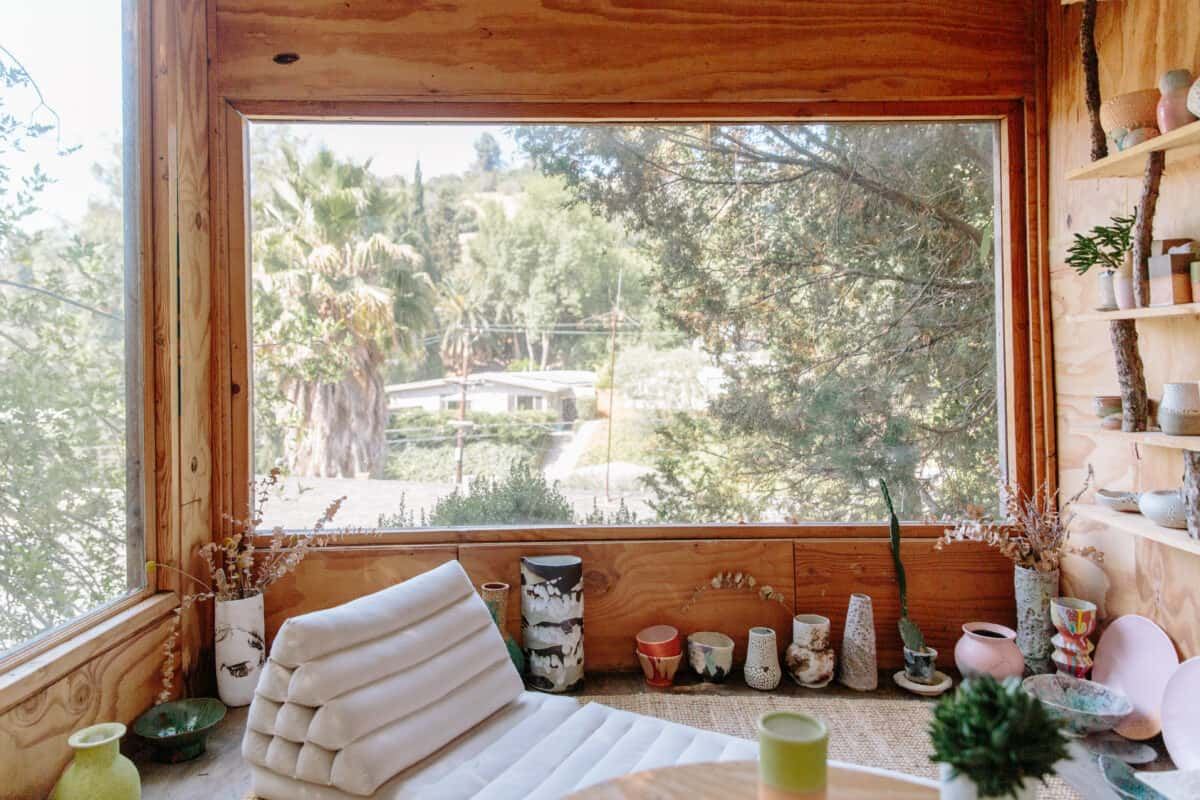
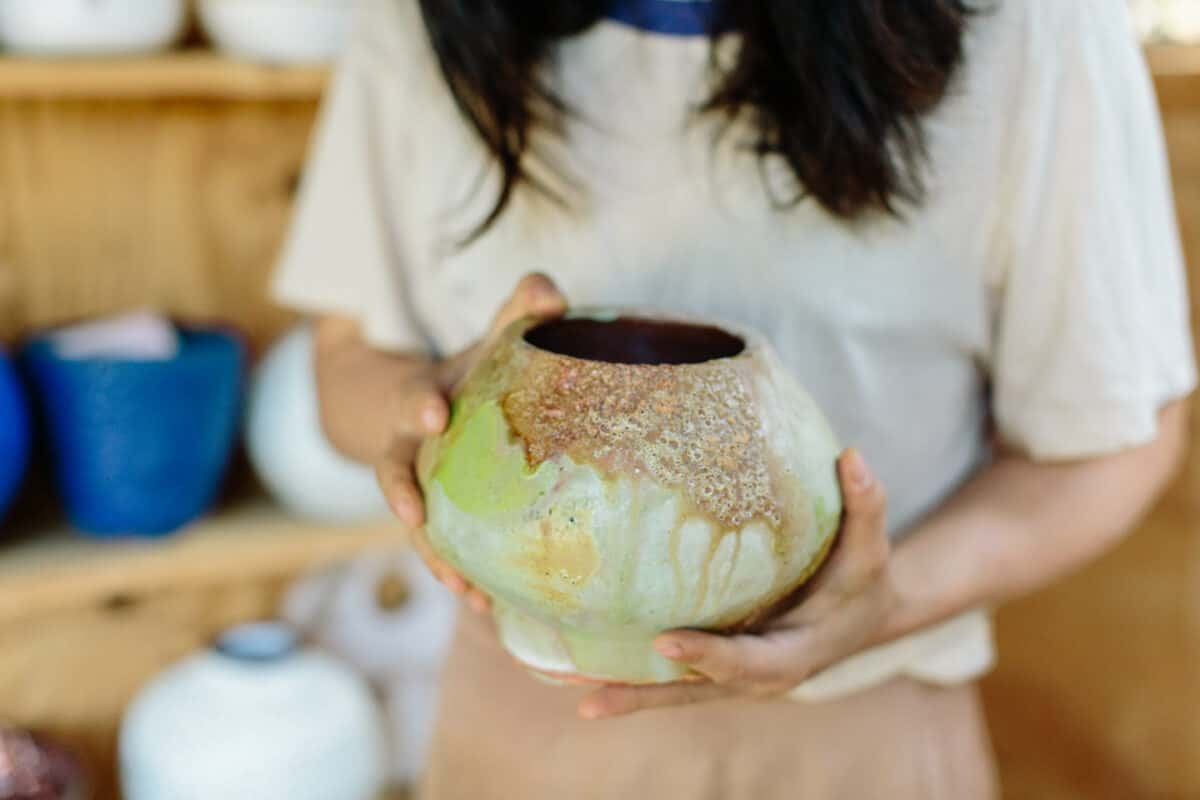
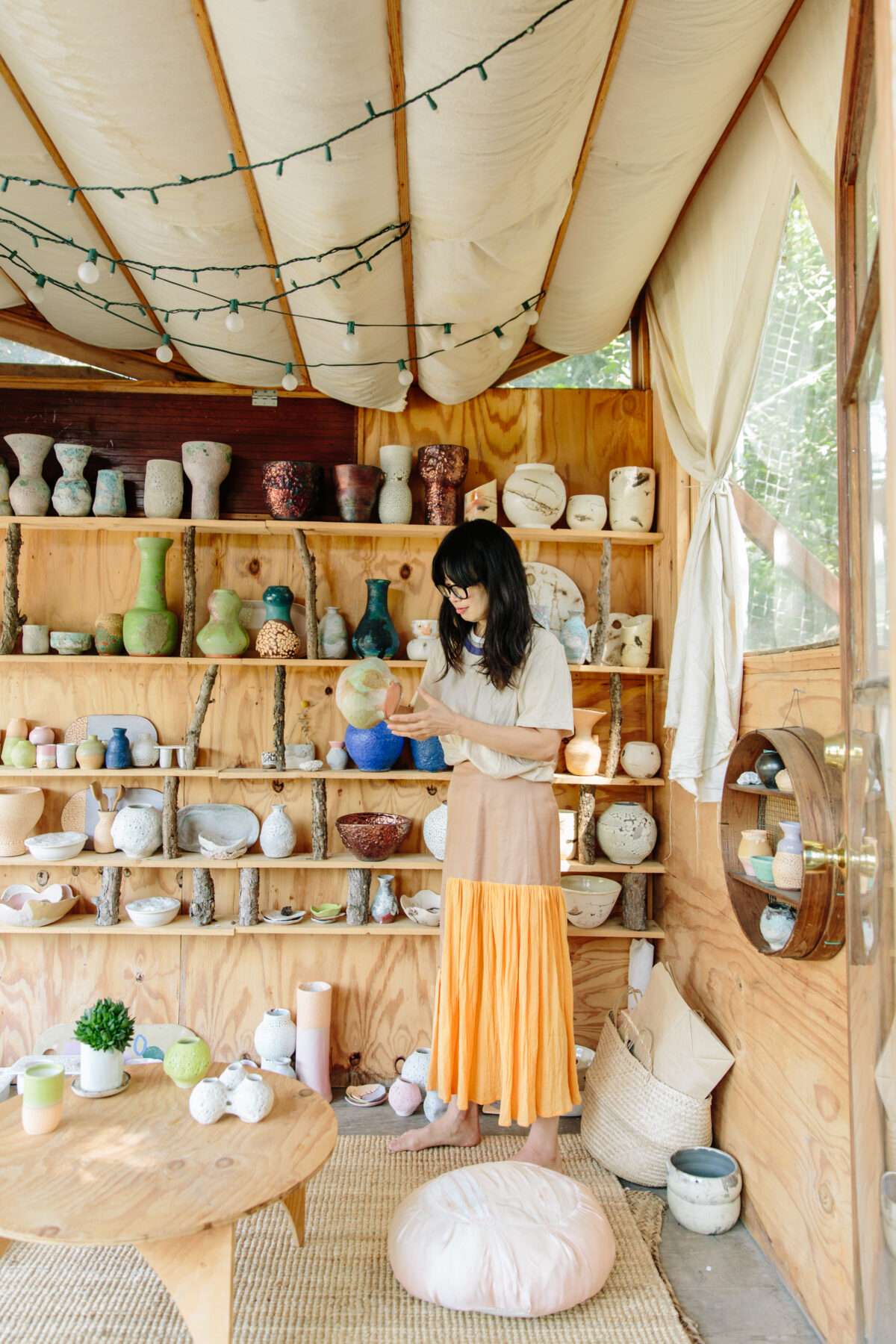
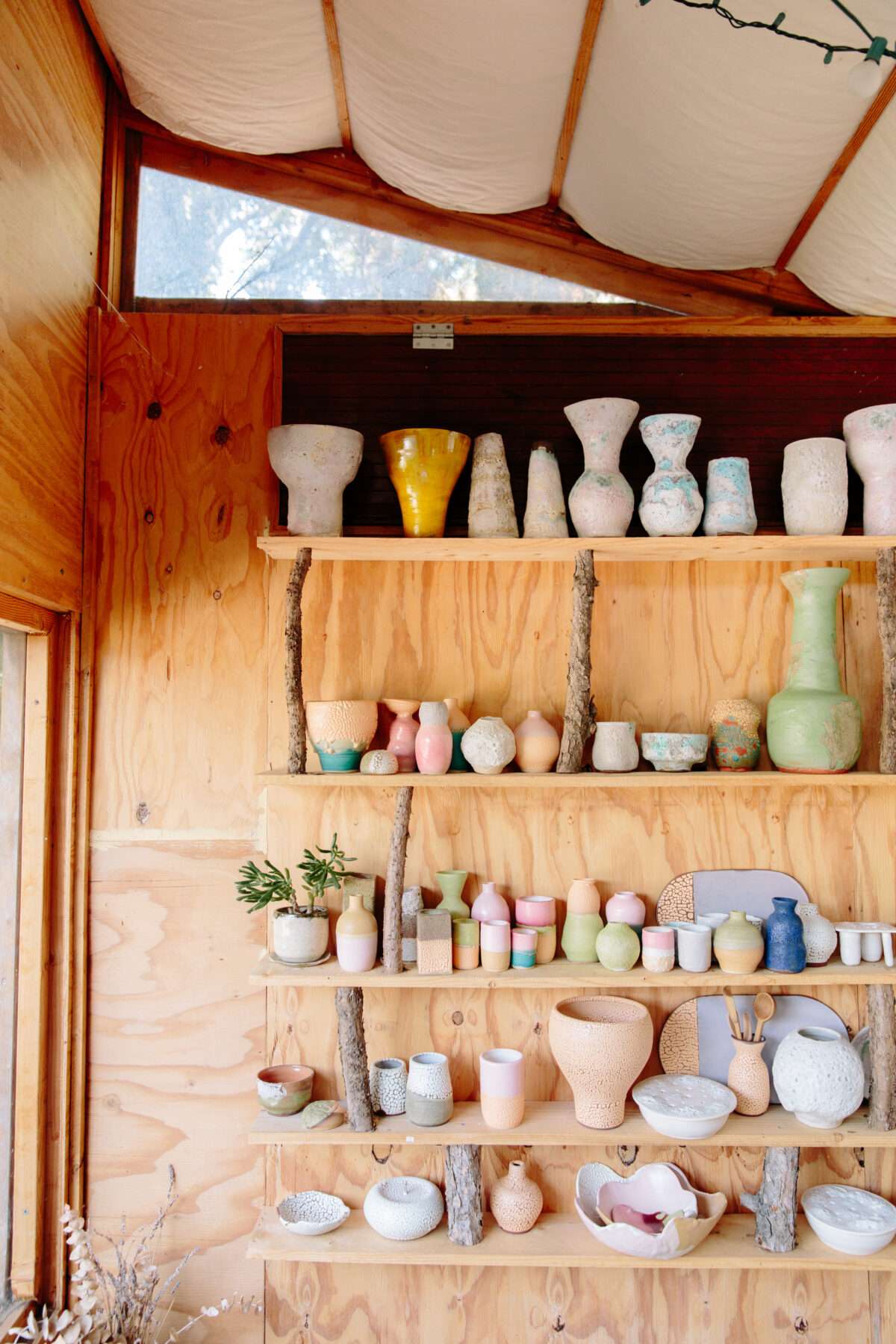
“I like to make things with unusual textures and I use a lot of heavy glazes, which either bubble or foam up, and I’m interested in the ways the glaze chemistry can make different textures. I’ve been making pieces with a sort of volcanic surface a lot recently, which is achieved by an element in the glaze recipe making tiny explosions in kiln, and then cooling it down very quickly so they set.
“I’ve also worked with a Native American technique in which feathers and horse hair is laid onto ceramics straight out of the kiln. The hair explodes and is singed onto the surface of the work.”
What are your sources of inspiration?“The natural landscape is a big one. I took a trip a few years ago to Iceland and we drive around the whole island and it was amazing to see how many colours there were in the rocks – intense and vivid reds and greens, for example. It reminded me of the Grand Canyon, where you can see blues, greens and even purples in the rock from copper, cobalt and iron oxide – the same chemicals we use to make glazes.
“It’s the strange occurrences in the natural landscape that I like. In Utah and Yellowstone Park here, we have geysers with yellow and green ground around them. You see these things sticking up and they smell horrible, but they’re just so beautiful. So, that’s definitely where I get my inspiration, the strange colours in the natural environment.”
How do you connect with nature where you live in LA?“We’re in the middle of LA, but our neighbourhood, Mount Washington, is very hilly and has lots of trees. It’s very rustic looking – we still have A-frame wooden houses up here and there are even some unpaved roads.
“So it feels quite wild up here and I have a ton of trees in my backyard. There are trails behind the house, and lots of land no one is living on, so you can walk through all these fields. It’s one of the last wild parts of the city.”
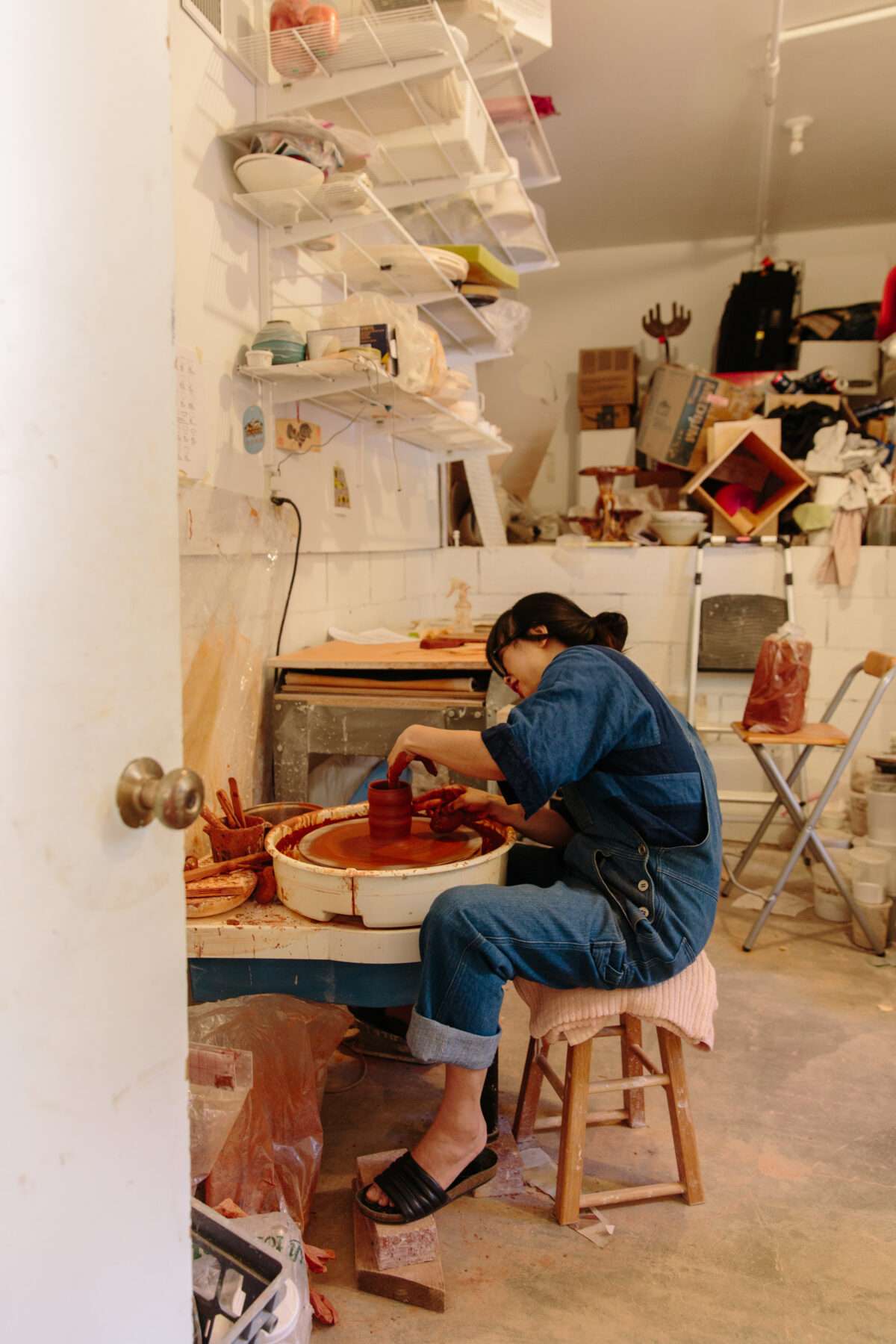
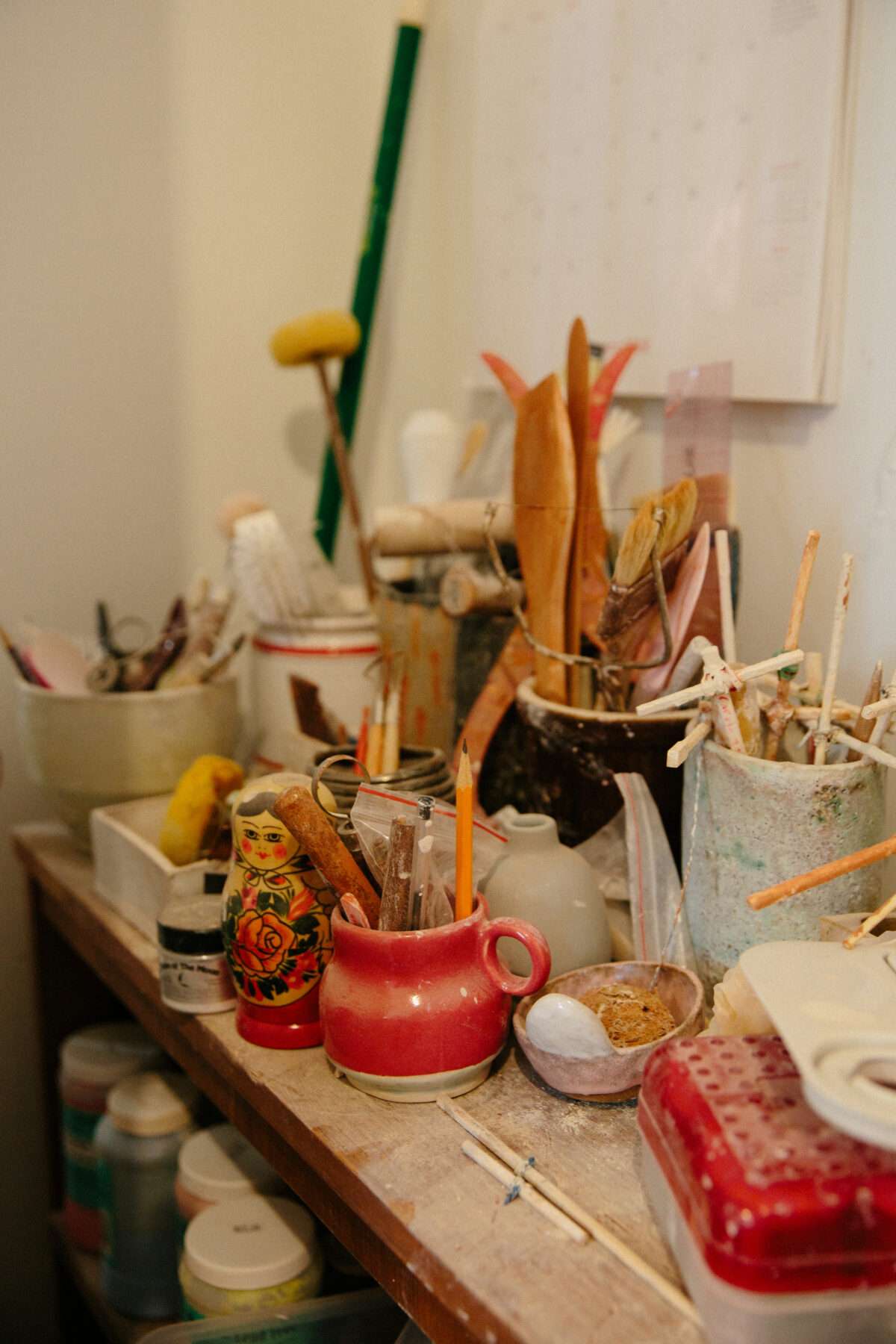
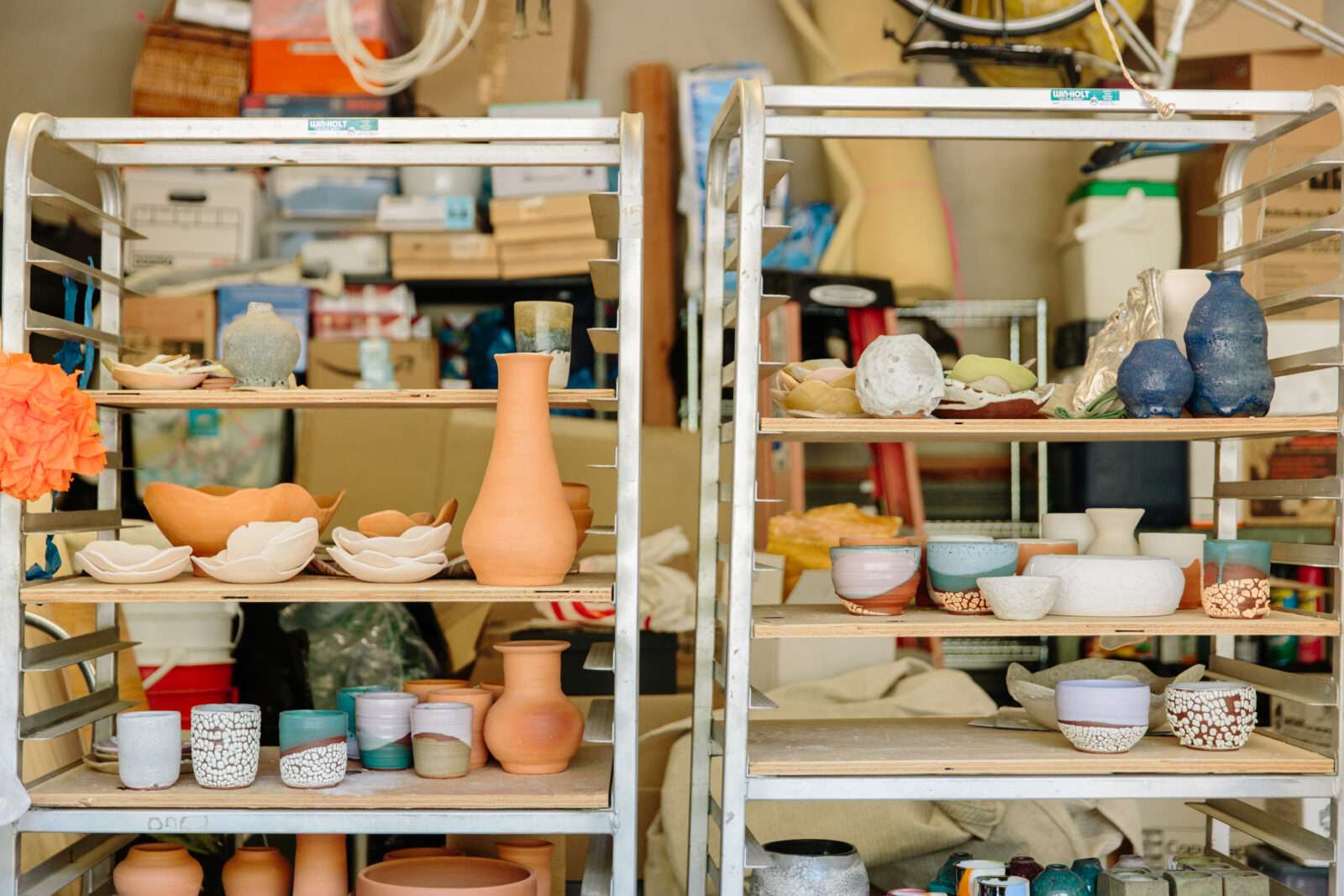
“My family is from California and my partner and I bought this house 7 years ago, when we moved back from New York. The house came with a garage, which we converted into my studio, and a freestanding wooden cabin.
“We adapted the cabin to be a glorified storage unit and gallery space I sell some of my pieces from. My partner is an architect, and he helped me design the furniture and put the shelves up, which we made from reclaimed wood and some tree branches we found.
“I love it in there. It feels like another world, separate from the city and my house, and you feel outside but indoors. I also love that it’s entirely made of basic plywood. Mostly I love looking out onto the trees, like I’m high up in a forest.
“Mostly I organize ceramics in there and catch up on emails. But my favourite activity there is napping! It’s a peaceful place to nap.”
Finally, how would you like your work to be used and appreciated after you send it out into the world?“I guess I would just love them to be used. The volcanic pieces are a little delicate, but can still handle water or flowers, and I just want people to hold them and not think they just have to sit on a shelf.
“Ceramics are sculptures you can use every day and I there’s this whole generation of ceramic artists who are riding that line between beautiful things for everyday use and objects that look beautiful in a room.
“And I live with some of my pieces too, but I try to use a lot of pieces that friends have made too. It’s really wonderful to be surrounded by works by friends. It’s like everybody is here with you.”
